
Ingredient
Milk chocolate
The Sweet Delight for Chocolate Lovers
Milk chocolate is characterized by its rich, sweet flavor and smooth texture. It has a lower cocoa content compared to dark chocolate, which gives it a milder taste. The addition of milk solids provides a creamy mouthfeel and enhances the overall sweetness. Milk chocolate is widely used in confectionery and baking, adding a delightful touch to desserts, candies, and beverages.
Origins and history
Milk chocolate has a long history dating back to the 19th century when it was first developed in Switzerland. It quickly gained popularity and became a beloved treat worldwide. Over the years, various brands and manufacturers have perfected their milk chocolate recipes, resulting in a wide range of options available today. Milk chocolate is often associated with indulgence and is a staple in many dessert recipes and confectionery products.
Nutritional information
Milk chocolate is a source of calories, fat, and sugar. It also contains small amounts of minerals like calcium and iron. However, it is important to consume milk chocolate in moderation due to its high sugar and calorie content.
Allergens
May contain milk, soy, and tree nuts. Some brands may also process milk chocolate in facilities that handle peanuts and wheat, posing a risk of cross-contamination.
How to select
When selecting milk chocolate, look for high-quality brands that use premium ingredients. Check the label for the cocoa content, as higher percentages indicate a richer chocolate flavor. Opt for milk chocolate with a smooth and glossy appearance, free from any discoloration or bloom (a whitish coating that forms on the surface due to temperature changes).
Storage recommendations
Store milk chocolate in a cool, dry place away from direct sunlight and strong odors. Avoid exposing it to temperature fluctuations, as this can cause the chocolate to develop a whitish coating called bloom. To extend its shelf life, wrap the chocolate tightly in foil or plastic wrap and place it in an airtight container.
How to produce
Milk chocolate is produced by combining cocoa solids, cocoa butter, sugar, and milk solids. The ingredients are carefully blended and conched to achieve a smooth texture. The mixture is then tempered to ensure proper crystallization and shine. The process requires specialized equipment and expertise, making it challenging to produce at home.
Preparation tips
Milk chocolate can be enjoyed on its own as a sweet treat or used in various culinary creations. It is commonly used in baking, adding a rich and creamy flavor to cookies, cakes, and brownies. It can also be melted and used as a coating for fruits, nuts, or other confections. Milk chocolate is a popular choice for making hot chocolate, milkshakes, and chocolate-based desserts like mousses and truffles.
Substitutions
Dark chocolate, white chocolate
Culinary uses
Milk chocolate is widely used in confectionery and baking, adding a delightful touch to desserts, candies, and beverages. It is commonly used in chocolate bars, truffles, chocolate-covered fruits, and cookies. It is also a key ingredient in hot chocolate, milkshakes, and chocolate-based desserts like mousses and ice creams.
Availability
Available worldwide
More ingredients from this category
Recipes using Milk chocolate » Browse all

Arab-inspired Sachertorte
Middle Eastern Delight: Pistachio Sachertorte

Gesztenye Szelet with Vanilla Cream
Decadent Chestnut Slice with Creamy Vanilla Delight
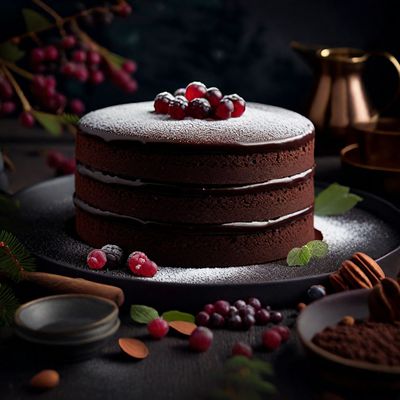
New Nordic Sachertorte
Nordic Chocolate Delight
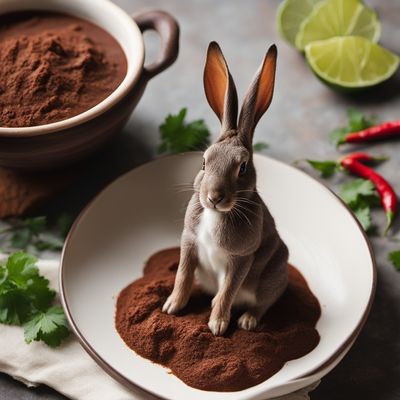
Mexican Chocolate Rabbit Stew
Spiced Rabbit Delight: A Mexican Chocolate Infusion
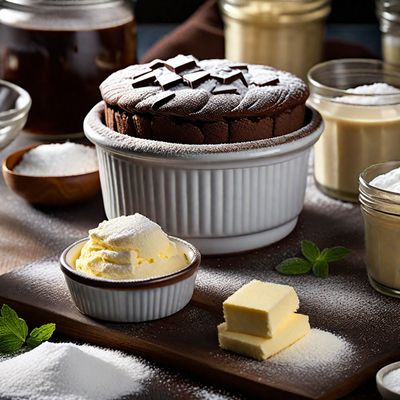
Bavarian Chocolate Soufflé
Decadent Bavarian Chocolate Delight

Authentic Mexican Mole Poblano
Spicy Chocolate Delight: Authentic Mexican Mole Poblano Recipe

Cuban Sachertorte
Havana Chocolate Delight

Sachertorte
Decadent Chocolate Sachertorte: A Latvian Twist on an Austrian Classic

Hungarian Chocolate Chip Cookies
Magyarország Csokis Süti (Hungarian Chocolate Cookie)
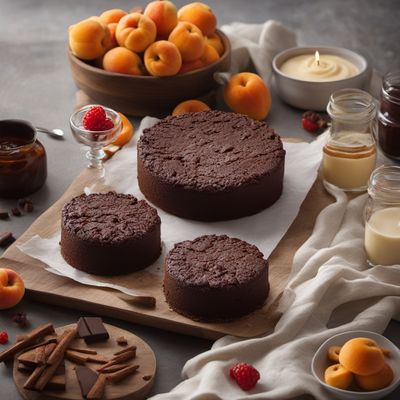
Biedermeier Delight
Viennese Symphony: Biedermeier Delight
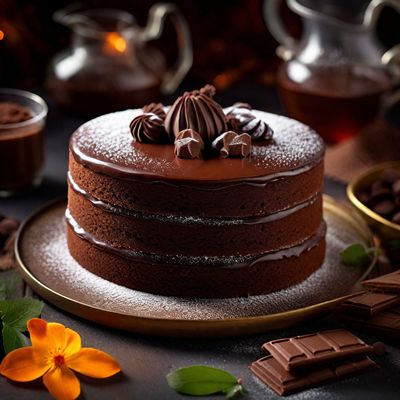
Bavarian Sachertorte
Bavarian Chocolate Delight: A Twist on the Classic Sachertorte

Haute Cuisine Florentines
Elevated Florentines: A Haute Cuisine Delight

